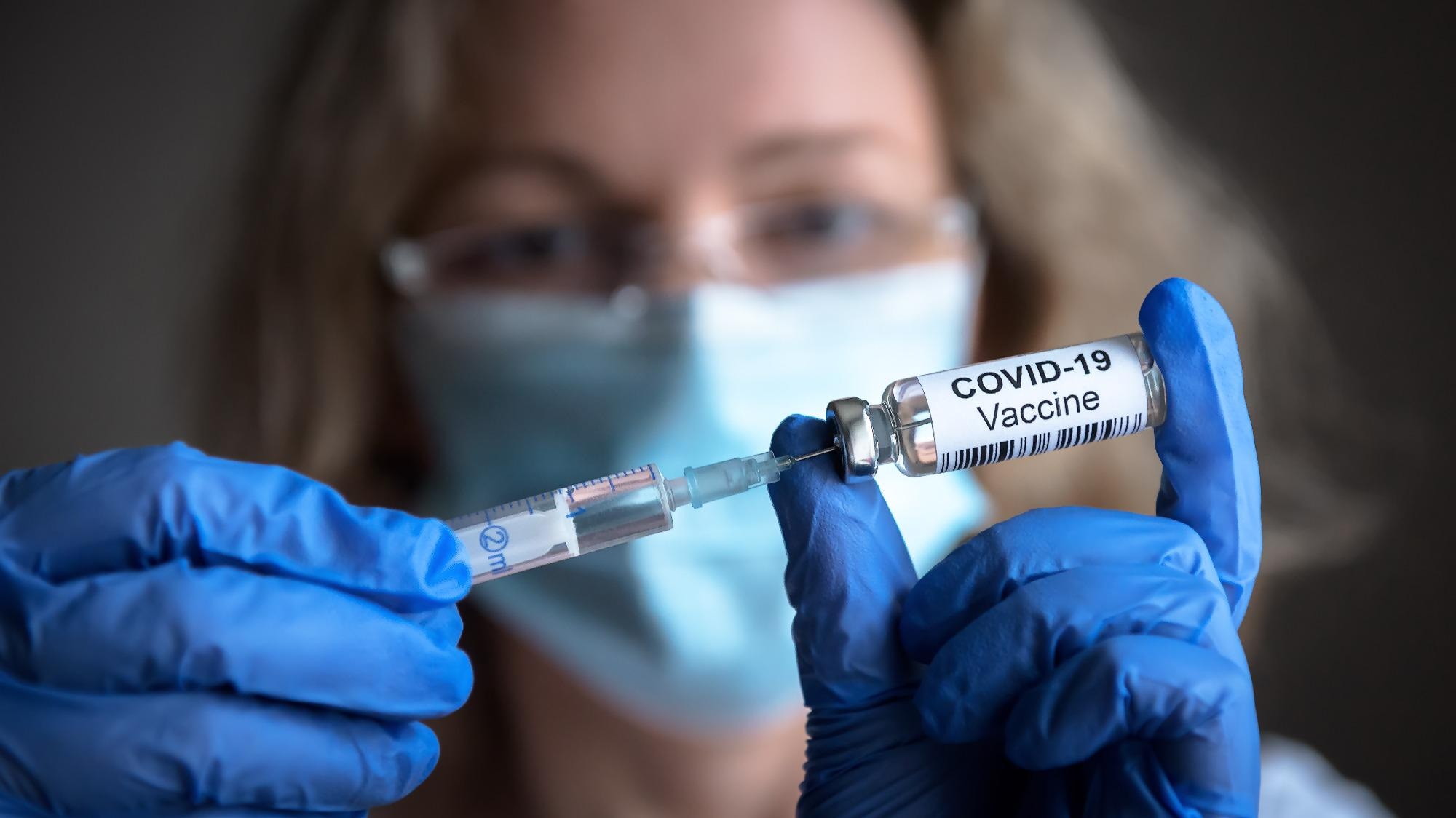In a first-of-a-kind study, Israeli scientists have shown how PPG sensors can be used to demonstrate the safety of COVID vaccines. These FDA-approved sensors — monitoring 13 vital signs — were attached to the chests of 160 volunteers who self-reported their health status via a mobile app.

Image Credit: Shutterstock.com/Viacheslav Lopatin
Current guidelines for assessing the safety of vaccines rely on self-reported questionnaires. Continuous monitoring of physiological responses is rarely performed. Wearable sensors promise to revolutionize vaccine trials by enabling the early detection of abnormal reactions using fewer subjects.
In 2022 the time has come to conduct continual, sensitive, objective testing of the safety of new vaccines and therapies. There is no reason to rely on self-reports or wait for the occurrence of rare side effects…Preliminary signs that predict such conditions can be detected with advanced sensors, identifying normal vs. extreme alterations in physiological parameters.
Dr. Yftach Gepner, Dept. of Epidemiology and Preventive Medicine, Tel Aviv University
PPG Monitoring Sensors
Modern wearable devices have evolved beyond simple fitness tracking devices to the sophisticated assessment of physiological parameters such as heart rate variability and blood pressure.
In photoplethysmography (PPG), an optical sensor detects variations in blood pressure and circulation through non-invasive adherence to the surface of the skin. Most PPG sensors use a red or green infrared light-emitting diode to generate a light source.
Once tissues and fluids such as skin pigments, muscles, bones, and blood reflect the light emitted from these diodes, it is captured by a photodetector within the sensor. Since blood absorbs more light than the surrounding tissues, variations in blood volume can be measured as a function of the intensity of the reflected light.
In the PPG sensor, the signal comprises an alternative current (AC) and a direct current (DC) component. The AC component is derived from variations in blood volume caused by cardiac activity, while the DC component is derived from thermoregulation, respiration, and sympathetic nervous system activity.
The popularity of PPG technology has increased in recent years due to its comfort, ease of operation and cost-effectiveness. Researchers have experimented with various locations on the body — including the wrist, forehead, ear lobes and fingers — to extract accurate measurements.
PPG sensors have been used to assess parameters such as heart rate, blood pressure, endothelial dysfunction, arterial disease, vasospastic disorders, orthostatic hypotension, and other cardiovascular-driven conditions.
Using PPG Sensors to Monitor Vaccine Safety
Just a few months after the outbreak of the COVID-19 pandemic, the first vaccine — BNT162b2, commonly known as Pfizer-BioNTech — received its Emergency Use Authorization by the UK Medicines and Healthcare products Regulatory Agency (MHRA). Other regulatory bodies, such as the Food and Drug Administration in the United States, rapidly followed suit.
However, concerns about the safety of COVID-19 vaccines — in the wake of record development times — led to a reluctance to get vaccinated or even the suspension of vaccination programs in certain countries. This highlighted the importance of proving vaccine efficacy through rapid clinical trials.
This led researchers at Tel Aviv University to investigate the use of photoplethysmography (PPG)-based chest monitors in the characterization of the critical physiological parameters of patients who had received the BNT162b2 mRNA vaccine.
The team was led by Dr. Yftach Gepner of the Department of Epidemiology and Preventive Medicine, and Dr. Dan Yamin and Dr. Erez Shmueli of the Iby and Aladar Fleischman Faculty of Engineering at Tel Aviv University.
To conduct the study, 160 volunteers were recruited who had not previously tested positive for COVID and had received their second dose of the Pfizer-BioNTech vaccine between January 1st and March 13th, 2021.
The volunteers were provided with a chest-mounted PPG sensor and were monitored for four days — 96 hours in total, 24 hours prior to vaccination, and 72 hours after vaccination.
For comparison, a second group of 24 volunteers were monitored before and after receiving their first dose of vaccination. Altogether, thirteen physiological parameters were monitored, including heart rate, heart rate variability, cardiac output and systolic and diastolic blood pressure.
The PPG sensors, developed by Isreali company Biobeat Technologies, track variations in the pulse contour and are based on Pulse Wave Transit Time (PWTT) technology combined with Pulse Wave Analysis (PWA).
The study participants were also provided with a mobile phone app where they’d complete a daily questionnaire over 15 days, starting one day prior to inoculation. Another app, also installed on participants’ phones, would passively collect physiological data.
Comparing physiological data pre- and post-inoculation revealed significant differences: For example, heart rate increased by 9.85%, systolic blood pressure increased by 3.91% and diastolic blood pressure increased by 3.78%. This occurred even among participants who were reportedly asymptomatic.
Furthermore, changes observed in symptomatic patients were significantly more pronounced compared to asymptomatic patients. Crucially, however, all physiological parameters returned to normal in all participants after three days.
The Israeli trial’s results were consistent with other BNT162b2 mRNA clinical trials, with most reactions reported within two days of inoculation followed by a rapid decline in reactions thereafter.
These findings go some way towards alleviating many of the concerns expressed regarding the safety of vaccines and underline the need for the rapid collection of comprehensive clinical data using remote sensing technologies.
References and Further Reading
Gepner, Y., et al., (2022) Utilizing wearable sensors for continuous and highly-sensitive monitoring of reactions to the BNT162b2 mRNA COVID-19 vaccine. Communications Medicine. [online] 2, 27. Available at: https://www.nature.com/articles/s43856-022-00090-y
Castaneda, D., et al., (2018) A review on wearable photoplethysmography sensors and their potential future applications in health care. International Journal of Biosensors & Bioelectronics. [online] Vol. 4,4 195-202. Available at: https://www.ncbi.nlm.nih.gov/pmc/articles/PMC6426305/
Tel Aviv University (2022) Is the Vaccine Safe? Consult the Smart Sensor! [online] Available at: https://english.tau.ac.il/news/vaccine_smart_sensor
Disclaimer: The views expressed here are those of the author expressed in their private capacity and do not necessarily represent the views of AZoM.com Limited T/A AZoNetwork the owner and operator of this website. This disclaimer forms part of the Terms and conditions of use of this website.